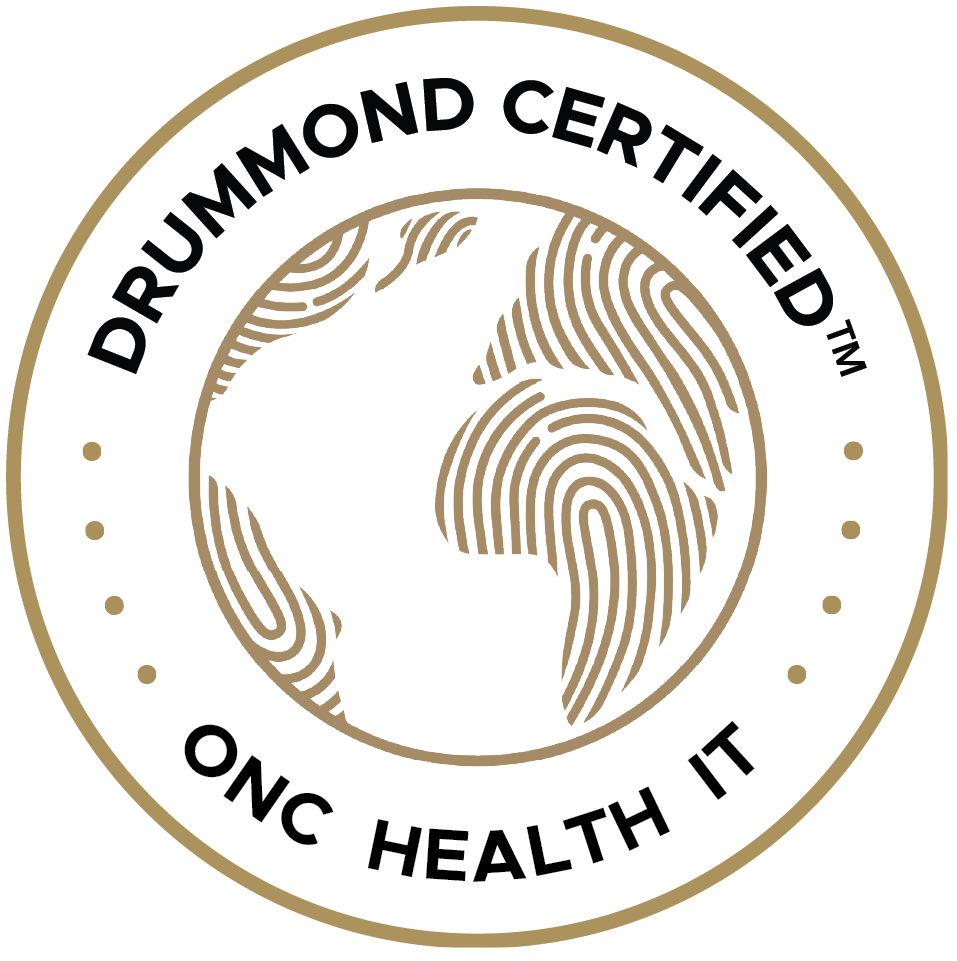gvgray
Outcomes monitoring/Progress tracking has been around for about 25 years and started to gain attention around the turn of this century. Early research between roughly 2000-2010 presented a glowing picture of the benefits. One leading light said that progress tracking was the greatest advance in psychotherapy in 50 years, a virtual silver bullet. Another offered a seminar whose title read “How to improve the Effectiveness of Your Clinical Work by 65% Without Hardly Trying.”
Most of the early research on progress tracking was done by academics and research clinicians who had a vested professional and/or financial interest in outcomes management/progress tracking systems. More recent research carried out by researchers who do NOT have a professional or financial commitment to these systems (e.g. De Jong at University of Pennsylvania) has painted a more sobering picture, but still a positive one. Recent evidence supports the view that progress tracking that provides real time feedback about client progress improves outcomes to a more modest, but still respectable, moderate extent.
Patient’s present in naturalistic settings (i.e. ordinary clinical practices) with various levels of distress. About 35% are in the normal range. (Outcomes research ignores the normal range group, assuming that unless they slip into the clinical range their outcomes are adequate.) Of the patients in the clinical range, 50-55% improve and 45-50% do not improve. In other words, of patients who come through the door, 35% are in the normal range, 34% are in the clinical range and improve with treatment and 31% are in the clinical range and do not improve with treatment.
Progress monitoring mainly impacts the roughly 31% of patients who are not improving as expected. Research has consistently shown that clinicians are not good at identifying this subset of patients who are not responding adequately to treatment. Real time feedback via progress monitoring systems alerts clinicians to these patients and enables them to make changes in treatment before they drop out of treatment, or complete treatment without change, or get worse. Recent studies show that about half of patients who are not responding to treatment adequately can be positively impacted by timely feedback. Thus, if clinicians use a progress monitoring system conscientiously there is a good expectation that they will improve outcomes for 15% of their patients.
One way to think about the impact of progress tracking systems is to compare the results of clients treated in randomized clinical trails (RCTs), who often improve by about 66%, to clients seen in naturalistic settings—private practice—in which improvement averages are in the 50-55% range. As indicated use of progress monitoring has the potential of enhancing the outcomes of about 15% of a clinician’s caseload. This brings a clinicians effectiveness rate to about 66%, about the same as that for RCTs. It appears that progress tracking has the potential to bridge the practice research gap.
Progress tracking feedback is real time feedback to the clinician, but it also can entail feedback to the patient as well. More sophisticated systems (OQ45 and PCOMS) provide graphs in the form of recovery curves which compares actual patient response with expected response and issues an alert if a patient is not on track, i.e. is not responding to treatment as expected.
Progress monitoring is becoming increasingly accepted as an evidenced based approach. In fact, ONC has endorsed progress tracking in its Meaningful Use initiative. Given the positive research findings it is entirely possible that progress tracking will become a practice standard.
To date most progress tracking studies have been psychotherapy research rather than mental health research. This suggests some significant drawbacks. First,** progress monitoring is not condition-specific. Payers and the field in general are moving toward condition-specific assessment and outcome as exemplified by ONC mandate of the PHQ9, which is a depression instrument. Second, **these studies do not address the realities of contemporary practice where combined treatment (medication and therapy) and behavioral integration is the norm. Rather these are purely psychotherapy systems and reflect the practice conditions of 30 years ago or more. Expect these limitations to be addressed in the future.
In addition to the clinical benefit of using progress tracking, there is a potential marketing benefit as well. Clinicians who can demonstrate that their patients are more likely to have good outcomes than the average patient can use this data to market their practices. And since the research indicates that using progress tracking is likely to improve outcomes for 15% of their patients, the clinician who uses progress tracking is likely to have above average outcomes.
So back to the question, is it time to adopt progress tracking in your practice? There is clearly clinical benefit. However, the answer needs to take into consideration the financial and administrative costs. We at CarePaths have worked with progress tracking for years and find that these systems can work if they reduce or eliminate the burden on clinicians and administrative staff. We expect to offer later this year a fully automated progress tracking system, including condition-specific instruments, that should make the decision a no brainer.









